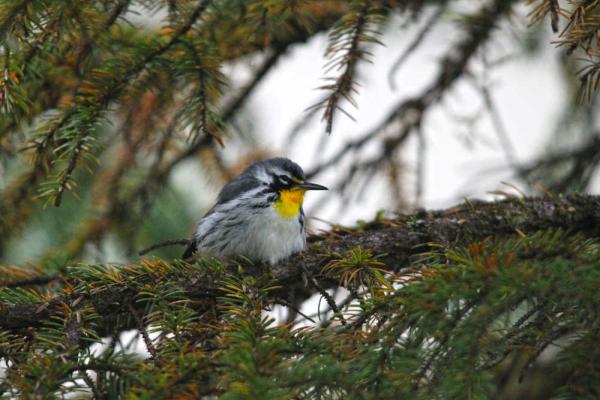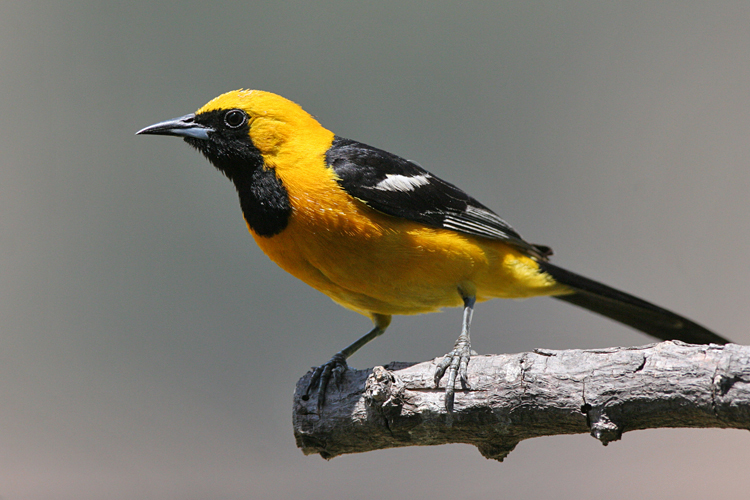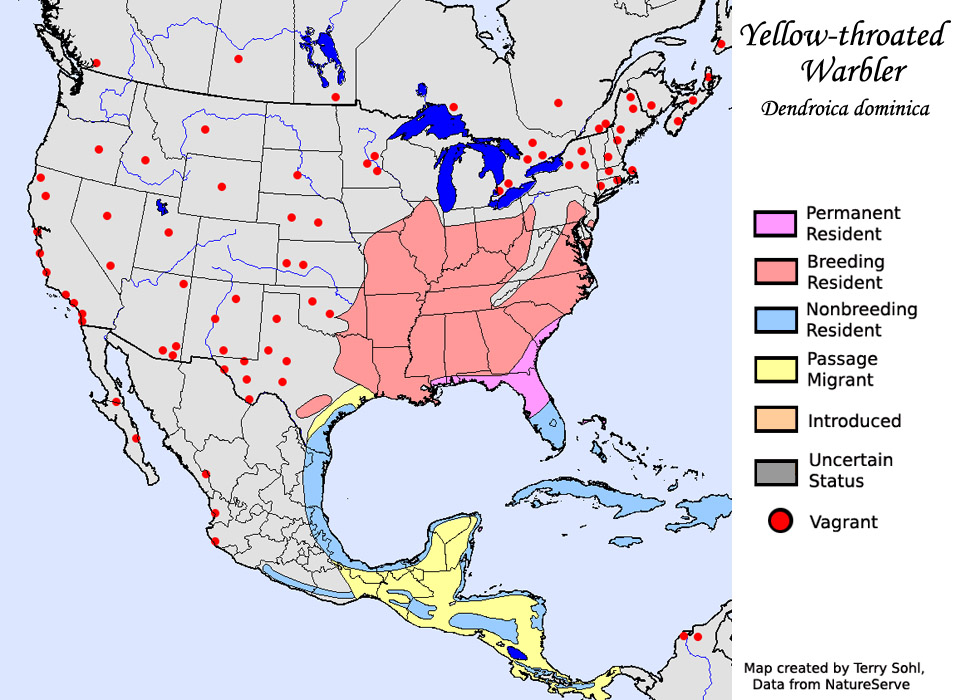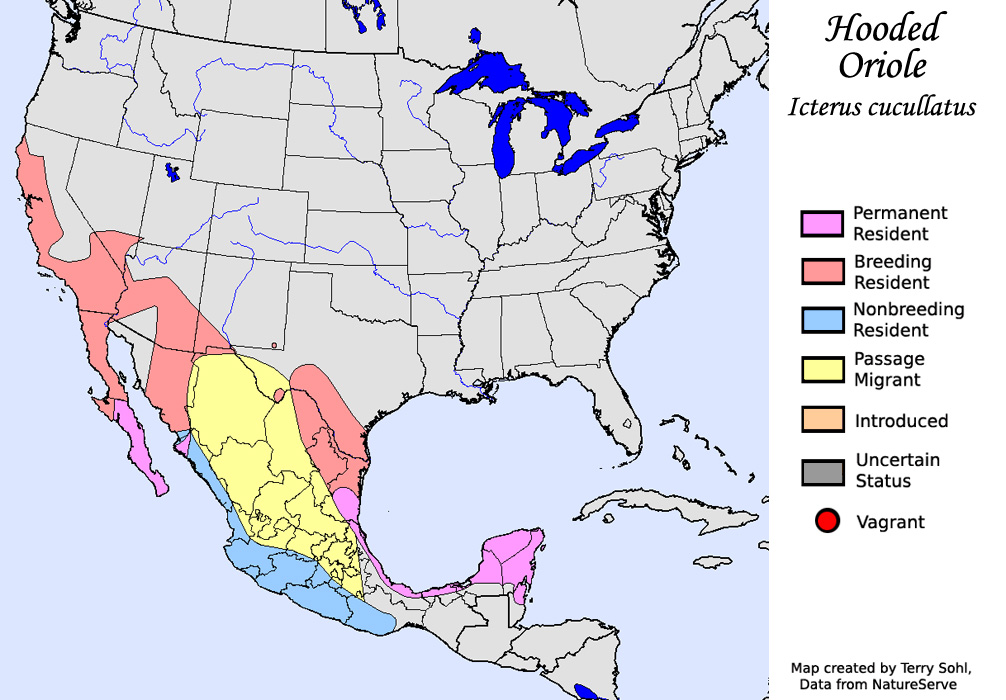
Steve Schaller said he and Emma Johnson spotted the bird Sept. 22.
"When we first spotted it, it sort of looked like a yellow-rumped warbler, but then we started to notice its behavior was different, and it had a longer beak," Schaller said. "We started realizing that this was something new."
Right now, the bird is feeding on insects, he said.
"It's coming up to the windows on the sides of the building, nabbing spiders and other insects," he said.
He said the bird also seems "pretty used to people" and sits comfortably in spruce tree outside their offices.
Typical habitat range for this species is in the southeast portion of North America, with summer ranges drifting up into areas of Iowa, Illinois, Indiana and Ohio. Winter ranges typically go as far south as Cuba and the Dominican Republic — so its arrival in Bartlett Cove is notable.
Though it's more typical to have birds leaving Alaska in the fall, it's not strange that an unusual bird would show up this time of year, said Audubon Alaska Executive Director Nils Warnock.
Migration periods — spring and summer — is when unusual birds tend to show up.
What is unusual about the birds — besides their species — is that both appear to be adults.
"Vagrants are often young birds," he said. "Sometimes, they do 180 reversals (of their normal direction.)"
Some people, he said, theorize that the wayward juvenile birds are dyslexic.
"But given that these are likely adults, that does make it more unusual," he said.
Weather and storm patterns can also influence vagrant birds, he said.
"We've had a lot of strange weather lately, especially the big blob (a big patch of warm water in the Gulf of Alaska)." All these factors can influence bird migration, he said.
"They follow wind currents, and end up in out-of-the-way places," he said.
Generally, new birds tend to come from Asia. Given that these birds normally live in the Lower 48, he said it makes sense their first-time Alaska sighting would be in Southeast.
"The bottom line is we can speculate all we want about it, but we don't really know for sure," he said. "Is it just a coincidence we had two new ... state records at the same time? It might be. But it also might suggest something with the weather patterns has pushed the birds farther north than normal."
"Birds are cool," Warnock said. "We (birders) love this stuff. There's something about it, because we have such strong seasonality with our birds. There's something about seeing these vagrants that show up. It adds a special something."






Reader Comments
to our Newsletter